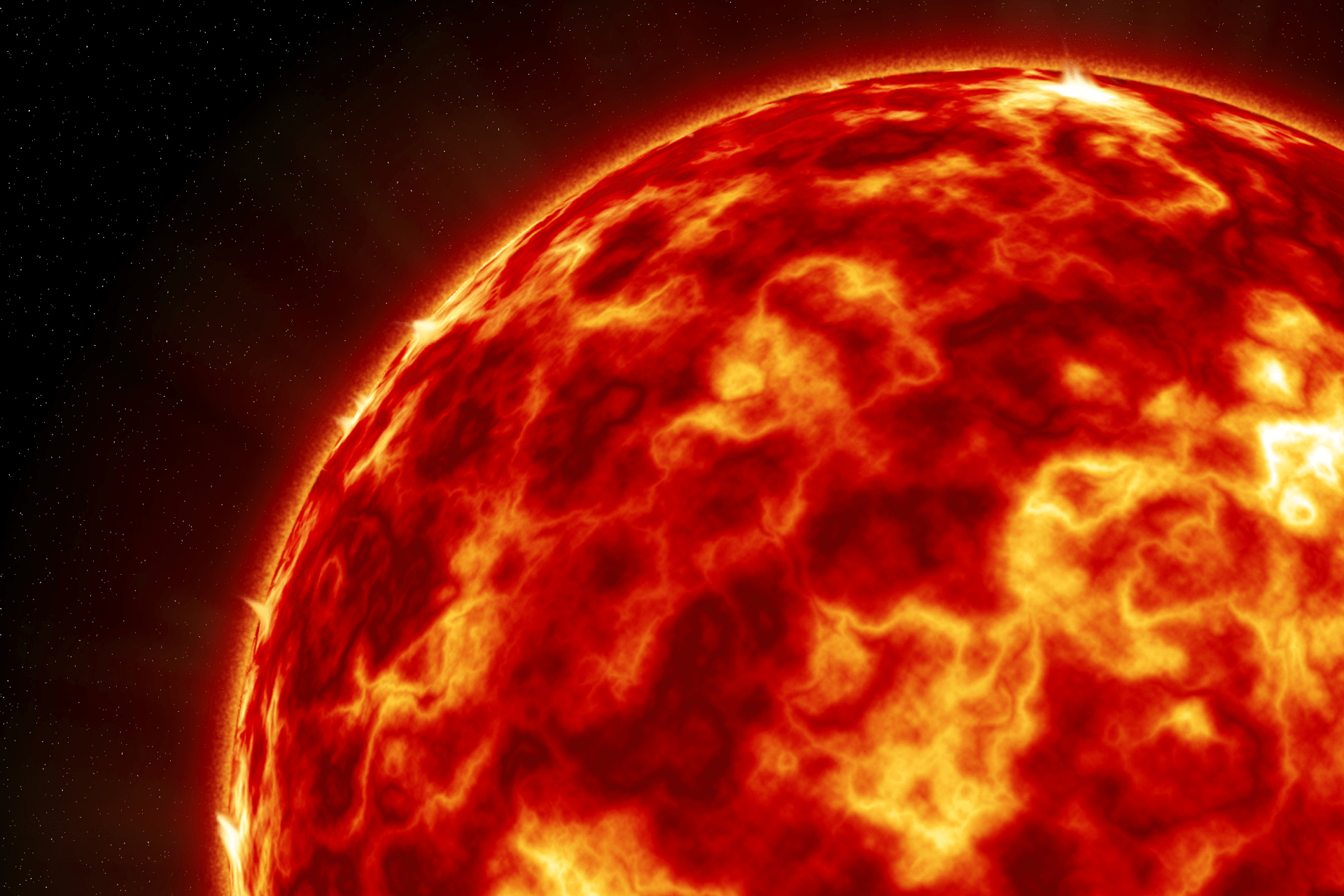Learning More About the Photosphere of the Sun Thanks to AI and Data Annotation
Researchers have relied on AI for many aspects of space exploration such as discovering new planets, stars and gaining a deeper understanding of the various celestial bodies out there. Recently, AI helped researchers gain a deeper understanding of the Sun’s photosphere thanks to AI. Let’s take a closer look at what was discovered and the data annotation that’s required to create the AI technology.

Estimating Horizontal Velocity Fields on the Solar Surface
The dynamics in the photosphere are governed by the multi-scale turbulent convection termed granulation and supergranulation. It is important to derive three-dimensional velocity vectors to understand the nature of the turbulent convection and to evaluate the vertical Poynting flux toward the upper atmosphere. While it is possible to get some measurements of the velocity through the Doppler shifts, it is difficult to obtain the velocity component perpendicular to the line of sight, which corresponds to the horizontal velocity in disk center observations.
However, this velocity component can be calculated with the help of AI and that’s the biggest breakthrough that was obtained in this new research. Basically, Fed only temperature and vertical motion data collected from the surface of the solar photosphere, the AI model could correctly identify turbulent horizontal motion below the surface. This could help us to better understand solar convection, and processes that generate explosions and jets erupting from the Sun.
What Exactly Does the AI Model Do?
What we, in layman’s terms, call the surface of the Sun is actually called the photosphere. This is where all of the sunspots, solar flares, and other activities take place. This layer is very multifaceted in the sense that some of the parts of the photosphere are very dark on one end and light on the other side and many shades in between. This is due to the hot plasma that rises in the middle of the Sun and then falls back around the edges where it cools off.
To predict the horizontal velocities for each convection simulation researchers created a multi-scale deep learning architecture. The method consists of multiple convolutional kernels with various sizes of receptive fields and performs convolution for spatial and temporal axes. They found that based solely on the temperature and vertical flow data, the AI could accurately describe horizontal flows in the simulations that would be undetectable on the real Sun.
This means that we could feed it solar data and expect that the results it returns are consistent with what is actually occurring on our fascinating, forbidding star.
How Was Such an AI Model Trained?
The training data used to create such technology were three different numerical simulations of turbulent convection. Furthermore, they introduced a novel coherence spectrum to assess the horizontal velocity fields that were derived for each spatial scale. However, these are only the training datasets. They need to be annotated so that the machine learning algorithms can learn what they need to from the data.
This means that human data annotators need to look at all of the images of granules on the photosphere and label them in accordance with the needs of the project. This would also most likely involve semantic segmentation work since the difference between one shade and another can be very small and semantic segmentation allows you to label each pixel of an image with a corresponding class.
Trust Mindy Support With All of Your Data Annotation Needs
If you are creating an AI product that requires large volumes of data annotation, consider outsourcing data annotation to Mindy Support. We are a global company for data annotation and BPO, trusted by several Fortune 500 and GAFAM companies, as well as innovative startups. With nine years of experience under our belt and offices and representatives in Cyprus, Poland, Romania, The Netherlands, India, and Ukraine, Mindy Support’s team now stands strong with 2000+ professionals helping companies with their most advanced data annotation challenges. Contact us to learn more about what we can do for you.
FAQ
What is the photosphere of the Sun?
The photosphere is the visible “surface” of the Sun where sunspots, solar flares, and other solar activities occur. It’s the layer that emits the sunlight we see.
How does AI help in studying the Sun’s photosphere?
AI helps by estimating the horizontal velocity fields on the Sun’s surface, which are difficult to measure directly. It uses temperature and vertical motion data to predict turbulent horizontal motions in the photosphere.
What kind of data is used to train the AI model for solar research?
The AI model is trained using numerical simulations of turbulent convection, which are annotated by human data annotators to help the model learn and accurately predict solar dynamics.
Why is data annotation important for AI in solar research?
Data annotation ensures that the AI model can accurately interpret and analyze solar data, particularly the subtle differences in the photosphere’s granular structures, which are crucial for understanding solar phenomena.




